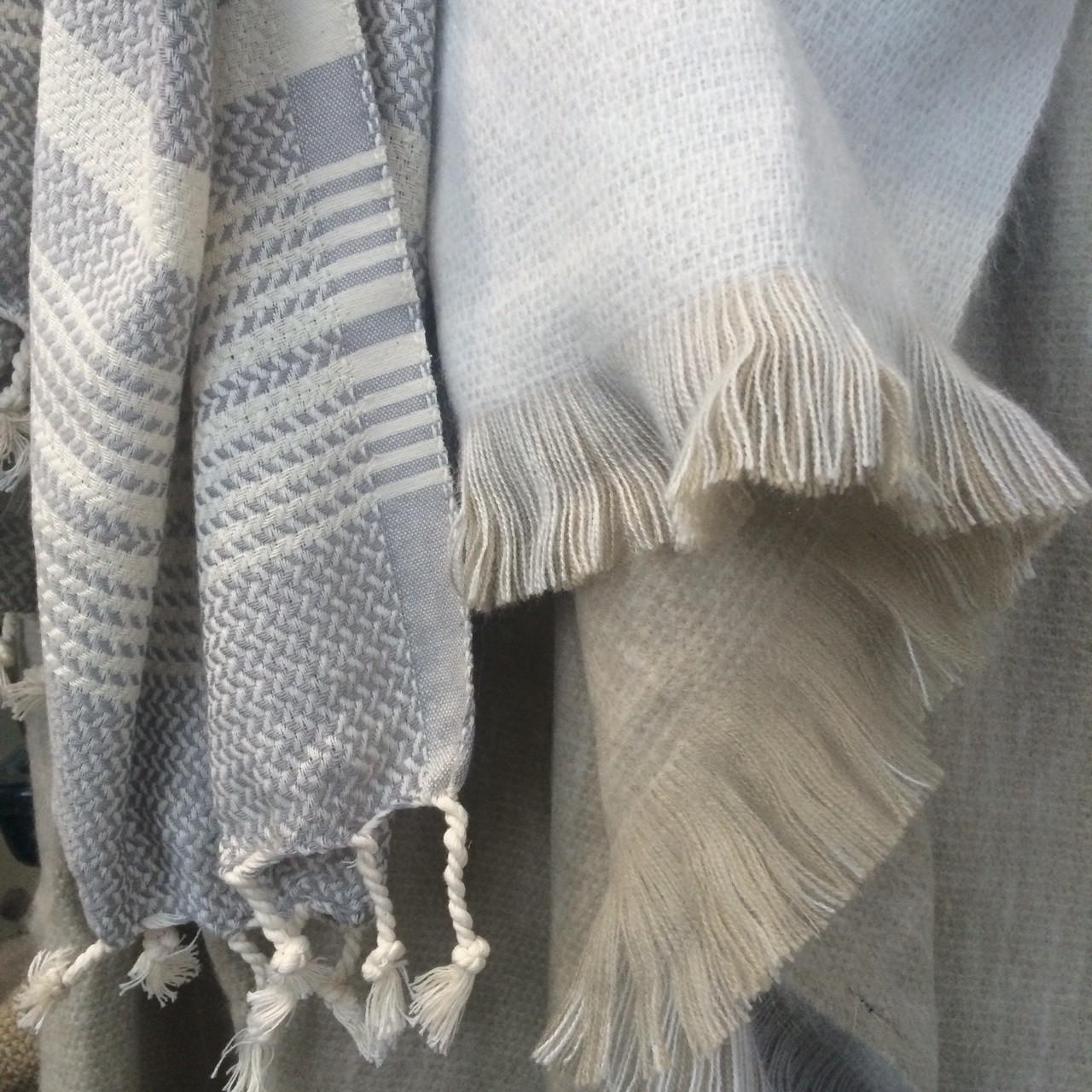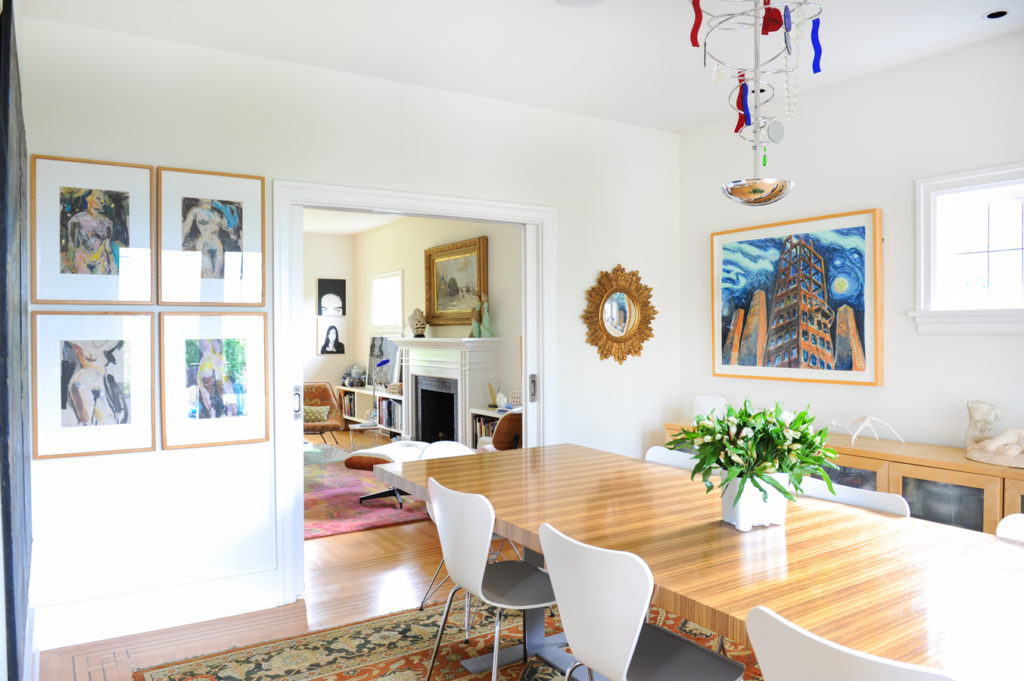
What the hygge?
Like avocado toast and geods, the Danish concept of hygge has been growing in popularity with no signs of slowing down. It’s appearing everywhere from how-to books to interior design collections and Instagram accounts (at the time of writing there are 2,033,609 posts with #hygge).
We might have a general idea of what it means, maybe a quick glance at the back of a book on the hygge display at Chapters let you know it’s inclusive of coziness and a feeling of well-being with a side of thick socks. Sounds lovely, no? Unlike when a ‘thing’ becomes popular (think of off-the-shoulder tops), when a concept turns trendy sometimes it’s meaning can be obscured by the sheer volume of things claiming torepresent the idea. So what is hygge? Where does it come from? and how can it be incorporated into our lives? To be honest, we were a little curious ourselves…
Higg-ee? Hi-gue? Our English-language skills are not much help here. Hygge, pronounced similar to hueh-gah, is a Danish word that first appeared in writing in the 19th century and has since evolved into a cultural touchstone in Denmark. There is no direct English translation– coziness is the closest we can get. There is a phonetic connection with our word ‘hug’ that itself evokes a sense of comfort, security, and nurturing.
As a country that endures winters of 17hr nightfall, it’s not hard to imagine how hygge became important to the Danes. By fostering a feeling of togetherness, personal comfort, and contentment the Danes have thrived during the dark winter season and beyond, consistently ranking at the top of the World’s Happiest Countries list.

Chapters/Indigo has a selection of books on hygge as well as a wide assortment of candles– a important accent in a hygge space
So how does one hygge?
Hygge is a feeling that can be fostered by many things– start by creating a space that is comfortable, accommodating, and personalized. As we know, what we surround ourselves with can be incredibly influential; small bits of decor or an enjoyable colour palette can be the key in defining the mood of the space. Hygge focuses on personal comfort as well as the ability to sincerely share that warm-fuzzy feeling with others. We did some looking and found a few things that make us think hygge…
Materials
Woods, leathers, and natural textiles can easily warm-up a space

Here is a detail of laser-cut leather pillows by Molly M Designs, spotted at Orling and Wu in Vancouver
The Katamay Chair by Vancouver-based designer Brett Riekert is a balance between materials and form (and believe us when we say it’s very comfortable)

A Sheepskin throw is a great textural piece that is oh so cozy. Here are a few on offer at Orling and Wu in Vancouver
Accents
Blankets, books, personal photos, and candles can be very personal choices as well as shared with others

At the Natural Eclectic Boutique we spotted some sumptuous blankets perfect for a romantic snuggle or a long reading sesh

These wooden coasters by Landon Dix DesignSstudio make a subtle, warm addition to any coffee table or bar
Coming Together
Sharing a meal, making time for play, and making connections…

Never hurts to have a couple extra seats at the table… this dining room is from our English Cottage-Style Home Project

The little ones can get in on hygge too! These wholesome play tents by Domestic Objects go beyond blanket forts– feel free to accessorize with the Happy Camper Camp Fire
To summarize: the concept of hygge can manifest itself in many ways. From hosting brunch for dear friends, to favourite pieces of furniture, to a great book in a reading nook…. It seems small doses of hygge build on each other to create a healthy, happy home.
What makes you feel hygge? Let us know in the comments!






